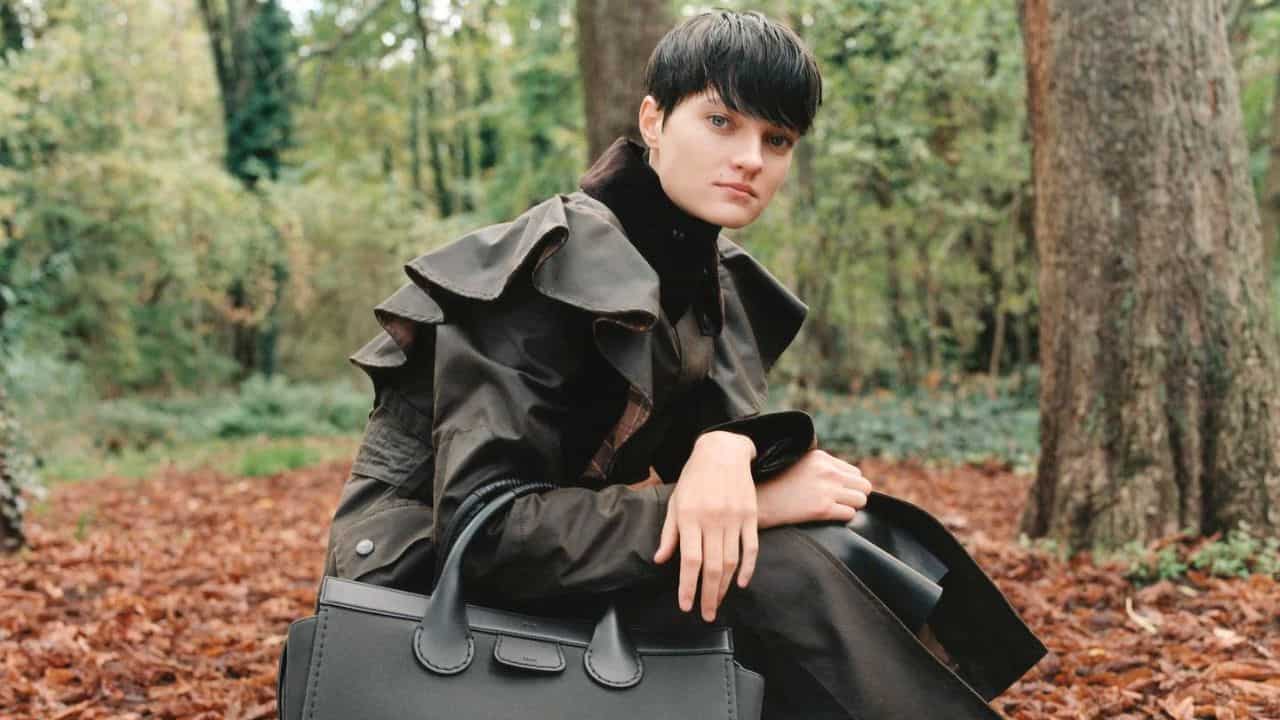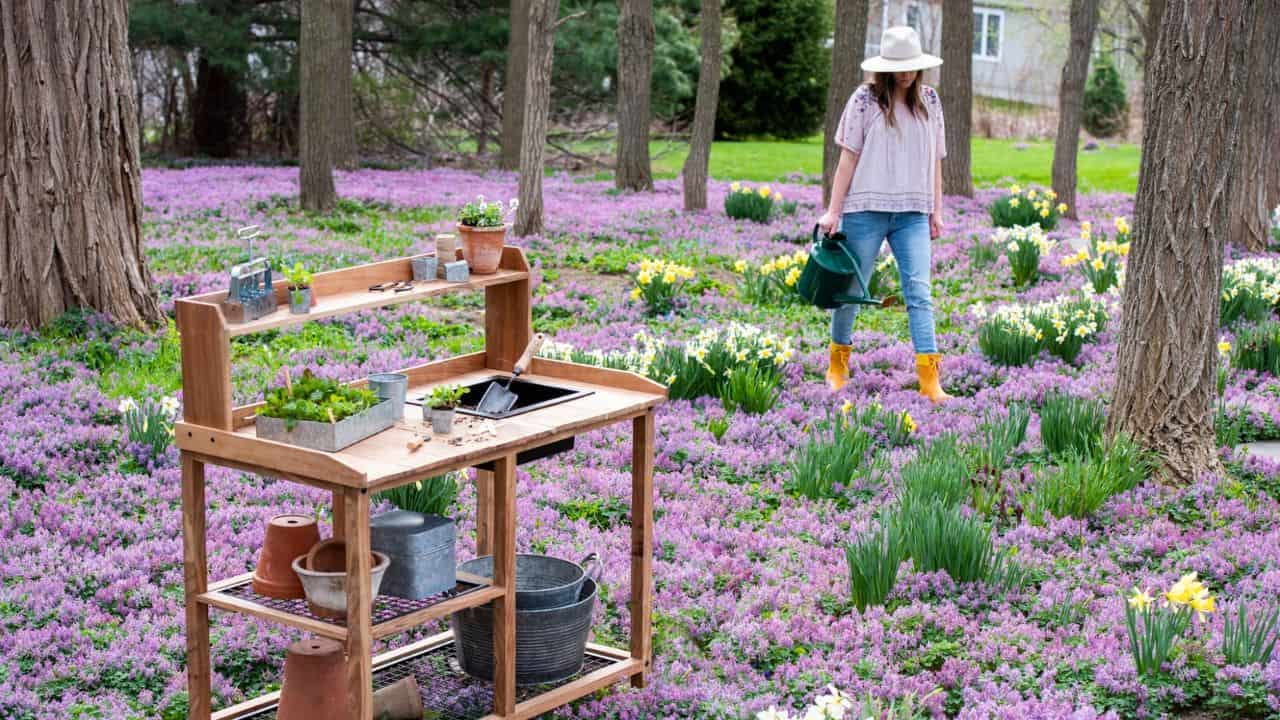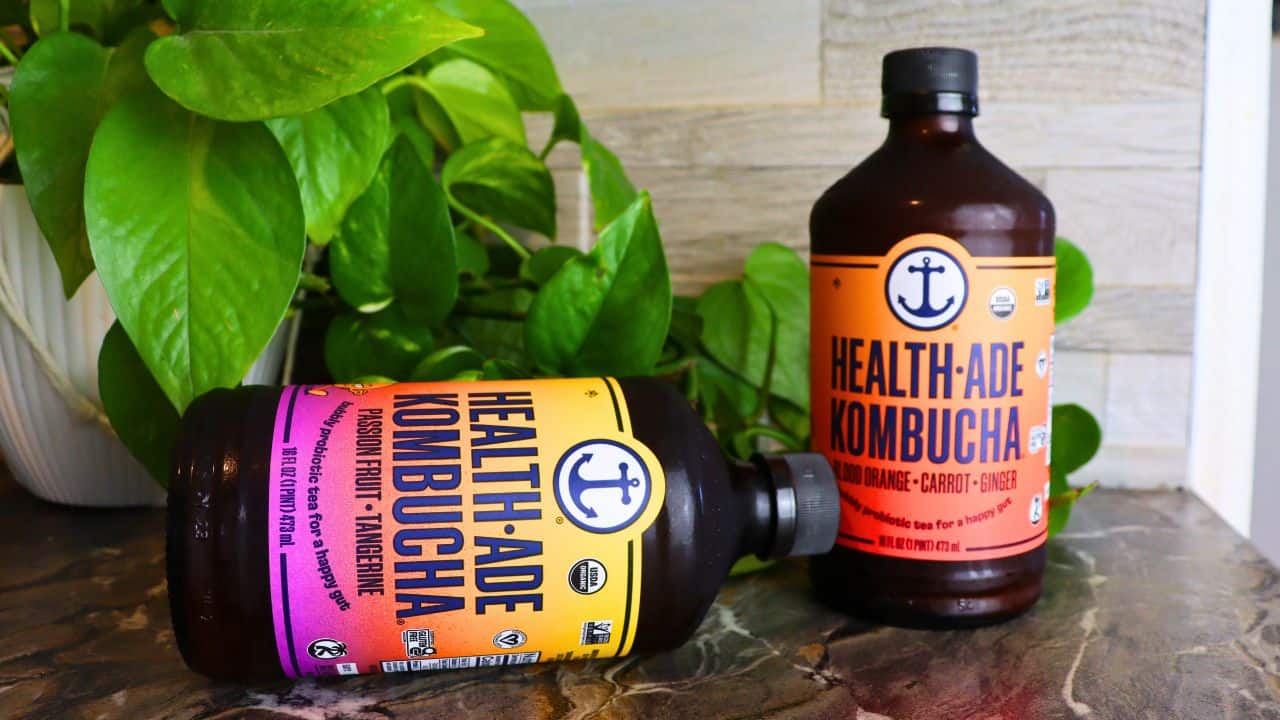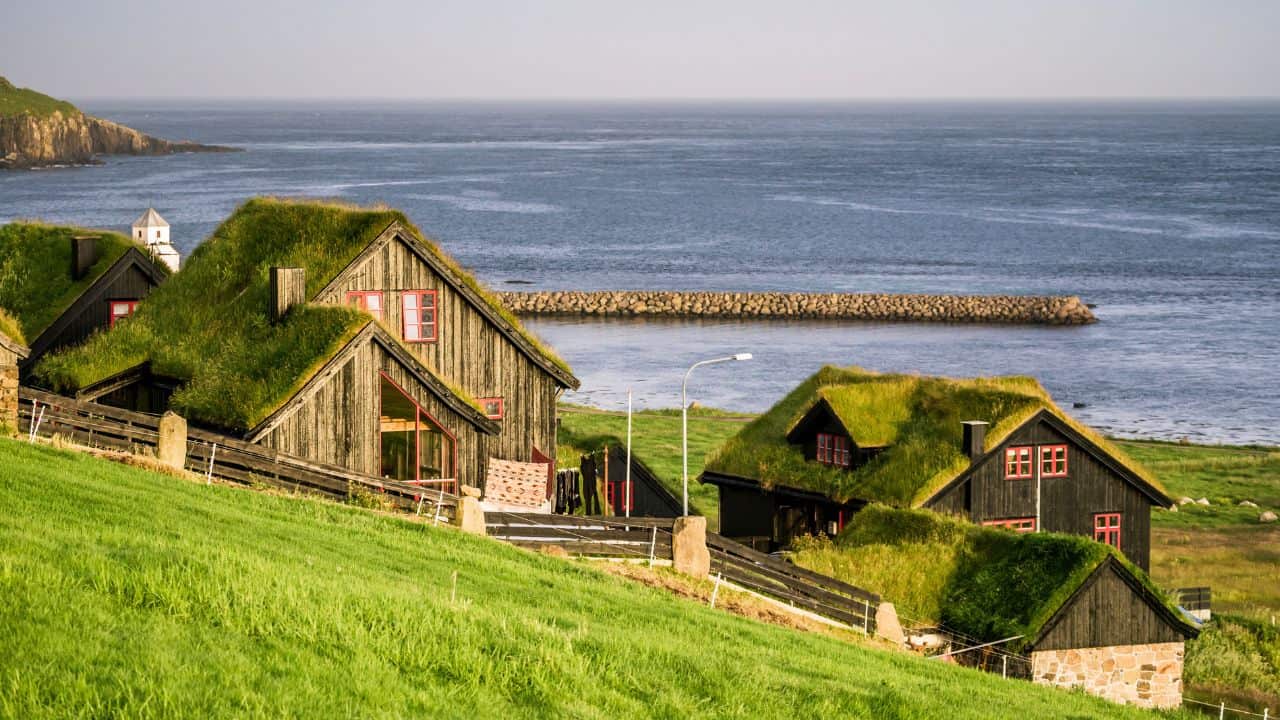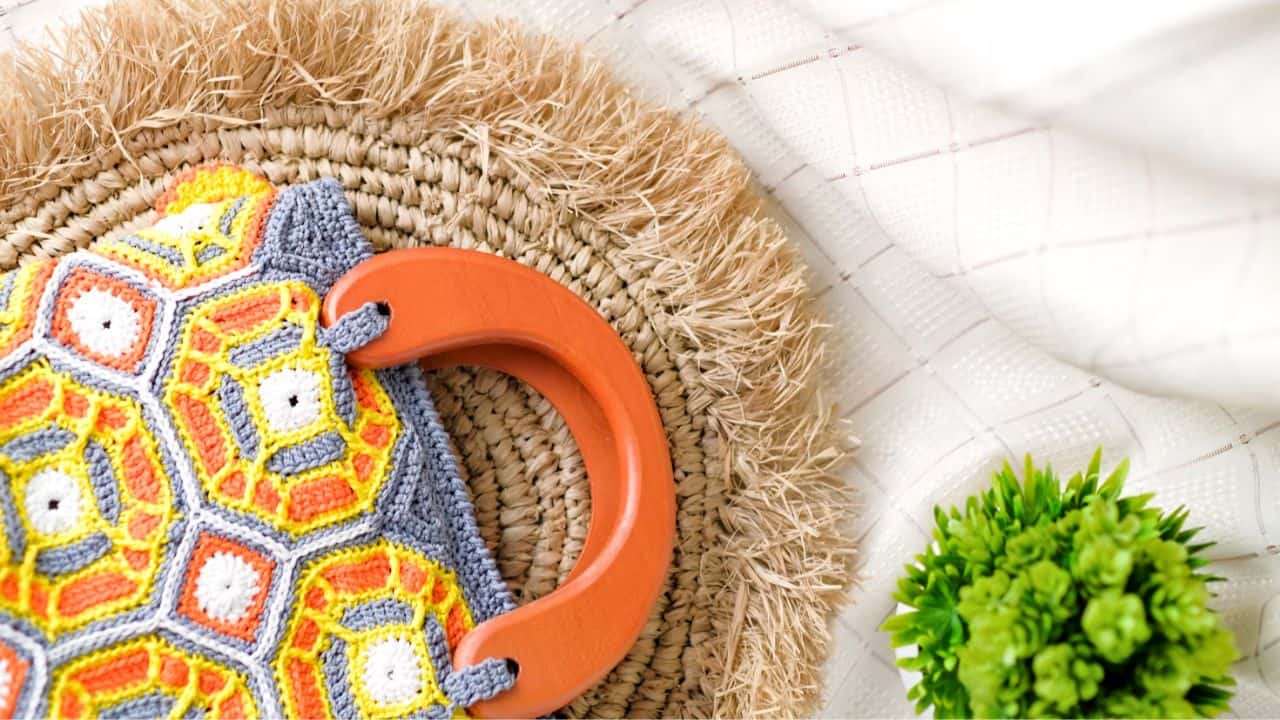O’ Christmas Tree, O Christmas Tree, how low-impact are your branches?
Okay, so that’s now exactly how the song goes, but if we’re looking to celebrate a more Sustainable Christmas this year, there’s an important question we need to ask:
What is the most sustainable Christmas tree?
Does the answer to an eco-friendly festive season like in real trees, fake trees, or something else entirely?
We dug our roots deep into the details and branched out our mindset to answer these questions.
So how do you make a Christmas tree eco-friendly? Are there sustainable Christmas trees, period?
Let’s get to rockin’ around the non-plastic Christmas tree and find out.
Our Curated List For How To Choose The Most Eco-Friendly Christmas Tree
1. Which Is More Eco Friendly: A Real Or Fake Christmas Tree?
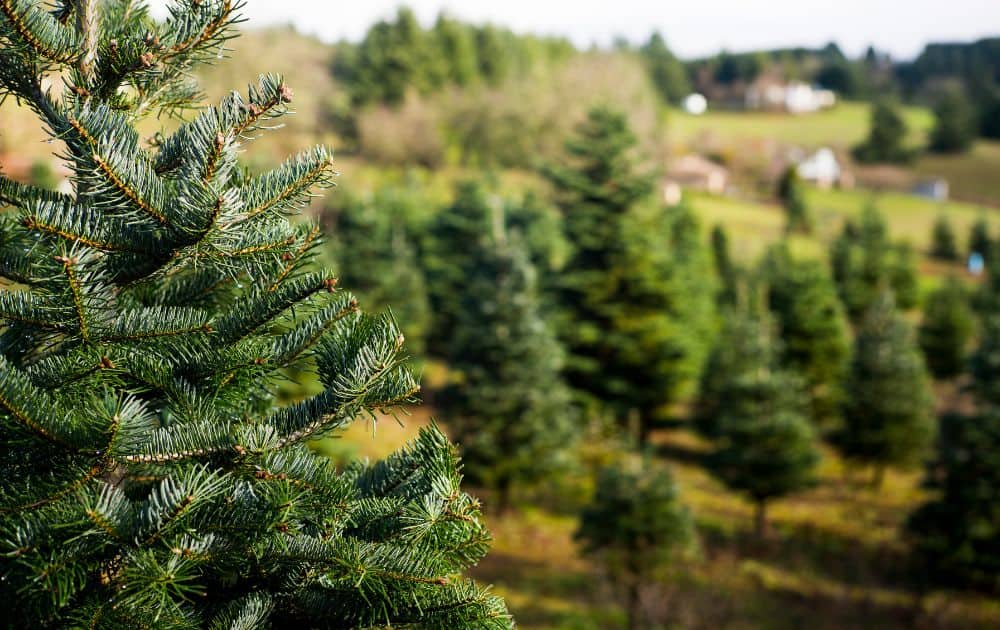
First things first, are artificial Christmas trees sustainable?
In short, no.
Despite their initial appeal and convenience, fake trees are made from non-renewable plastics and petroleum-based materials. They require five times more energy to produce and end up in landfills after a few years of use.
In fact, a 6.5ft artificial tree has a carbon footprint of about 40 kg of greenhouse gas emissions, more than double that of a discarded natural tree.
On the other hand, growing real Christmas trees is a much more eco-friendly option—provided they’re sourced and disposed of sustainably.
That’s because trees are a sustainable and renewable resource, often cultivated on land that is unsuitable for other purposes.
It takes seven years to grow a two-meter Christmas tree, during which time it acts as a carbon sink and has a tenth of the environmental impact of a non-living tree.
Additionally, more seedlings are typically planted than trees cut down each year. Supporting local businesses also reduces transport mileage.
But of course, we also need to consider the reusability factor vs the one-time use of traditional real Christmas trees.
According to Carbon Trust, “An artificial tree used over multiple years (7-20 times depending on the weight and different materials in the tree) is better for the environment than buying a new, commercially grown tree every year.”
That said, it’s difficult to say if most people trim that tree for enough seasons to make the cut.
Why Should You Choose A Real Tree Over A Fake Tree?
Choosing between artificial and real Christmas trees typically depends on individual preferences and priorities.
A non-living Christmas tree might offer convenience, durability, and long-term cost-savings—factors that are leading more and more Americans to buy fake trees—but they definitely raise environmental concerns due to their production from non-biodegradable materials like PVC.
In contrast, a living tree provides a traditional, authentic experience and are a more sustainable and environmentally friendly Christmas tree choice. They’re biodegradable, sourced from renewable resources, and contribute positively to local economies.
The decision ultimately hinges on personal values, lifestyle, and the desired holiday atmosphere, but it’s hard to argue that real Christmas trees aren’t usually the more environmentally conscious option.
Still, comparing the pros and cons is a good idea to get a clearer picture.
| Type of Tree | Pros | Cons |
| Artificial Plastic Trees | Durability: A non-living tree lasts for several years, providing long-term value and reusability. Low Maintenance: They don’t need watering and don’t shed needles. They’re easy to set up and dismantle, and there’s no need to worry about tree freshness Allergen-Free: Ideal for those with tree-related allergies. | Environmental Impact: Often made from non-biodegradable materials like PVC. Initial Cost: A quality artificial tree might actually be more expensive upfront than a real tree. No Natural Aroma: A fake festive Christmas tree lacks the natural scent of real pine or fir trees. Storage Space: They need to be dismantled and stored away for around 11 months of the year, meaning that’s a lot of ‘wasted’ storage space. |
| Real Christmas Trees | Natural Beauty: Real trees have an authentic, fresh appearance with a pleasing fragrance that’s become synonymous with Christmas. Sustainability: Real trees are, of course, biodegradable and sourced from renewable resources. Part of Tradition: Many enjoy the annual ritual of selecting and decorating a living tree. Boosts Local Economy: Buying a tree from your local, sustainable tree farm helps to boost the local economy, supporting the growers and adjacent businesses. | Needle Shedding: Some real trees shed needles as they dry out, which can be messy. But you can get those that don’t shed, so do your research. Limited Lifespan: Typically discarded after the holiday season (unless potted) and a new tree must be procured each year, which can end up having a greater environmental impact than a long-loved fake tree. Sourcing Variance: Whether real Christmas trees are sustainable or not largely depends on where they come from. Sustainably-managed organic farms being the best option, and cutting down wild trees being the worst. |
2. How Do You Know If Your Christmas Tree Is Sustainably Grown?
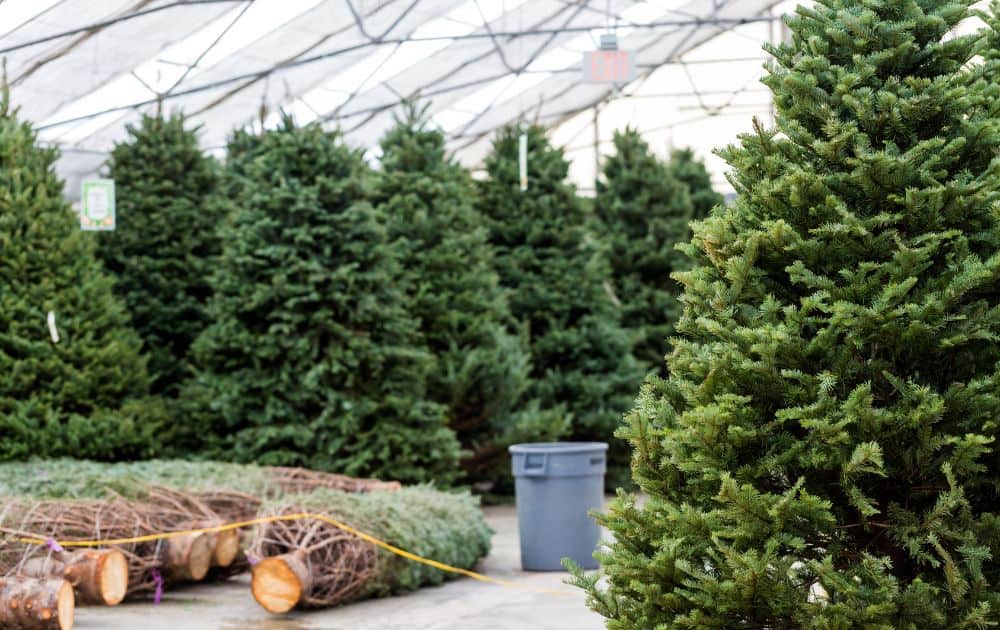
Are Christmas tree farms sustainable? They can be, but how do you know?
To ensure a real Christmas tree has been sustainably grown, look for the symbols of the British Christmas Tree Growers Association (BCTGA) or the Forest Stewardship Council (FSC), which indicate they were grown in well-managed forests with minimal use of harmful pesticides.
BCTGA members follow strict practices in their growing process. They conduct environmental reports on the area and ensure that harvesting is done in a way that respects the birds and wildlife that use the trees as their home.
Fortunately, 95% of real Christmas trees in the UK are grown locally. These trees also provide a habitat for local wildlife. To find a locally grown tree and minimize travel miles, use the BCTGA’s tree tracker linked to your postcode.
You can also find a list of sustainable Christmas tree farms in your area on their website. Additionally, the Forestry Commission provides a list of tree sales centers.
When buying a tree, don’t hesitate to ask the seller about its origin. If it’s organic and verified by the Soil Association, even better.
3. Are There Any Environmentally Friendly Artificial Christmas Trees?
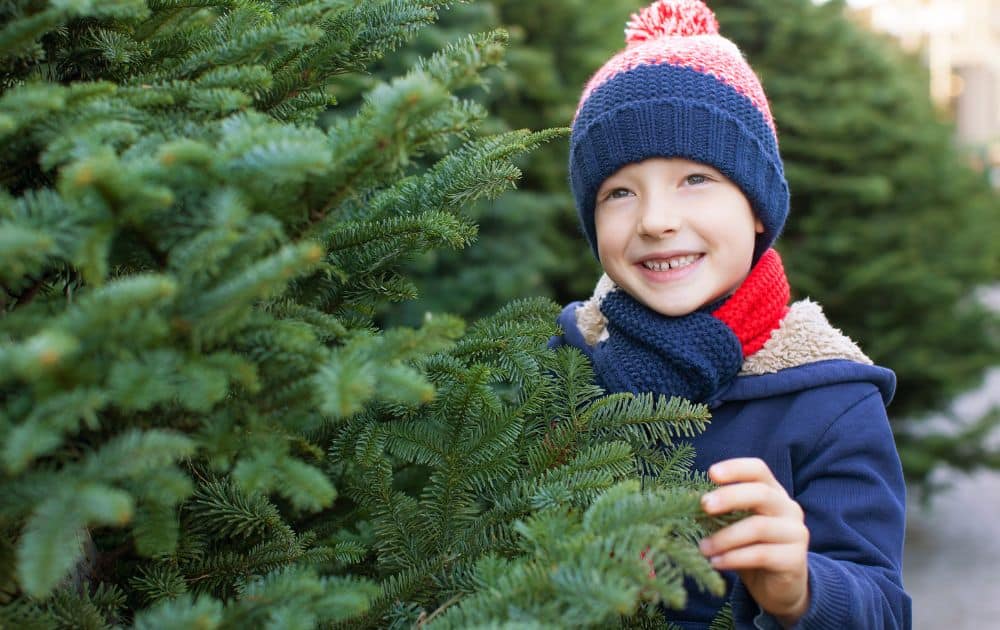
Plastic Christmas trees, typically crafted from PVC or polyethylene plastics, are predominantly imported from China or South Korea.
While it’s challenging to find a PVC-free non-toxic fake Christmas tree, some are constructed from recycled PVC, offering a preferable choice for those purchasing their first artificial tree or replacing one that’s worn-out, and ensuring you a more environmentally friendly fake Christmas tree.
Though domestically manufactured options are scarce, locally produced alternatives, likely resulting in lower fossil fuel usage for transportation, prove valuable in the long run.
Therefore, researching and identifying a local manufacturer (not just a supplier) is a good idea when looking for an eco-friendly fake.
Some other considerations regarding eco-friendly artificial Christmas trees are:
- Pre-lit plastic Christmas trees often contain LED lights, which are a better choice due to their energy efficiency
- Pre-lit trees eliminate the need to buy Christmas lights (which often break and cannot be recycled)
- An artificial Christmas tree could get decades of use, so you only need to purchase one
- Though rare, you can find a recycled plastic tree, so be sure to do your research and opt for a recycled tree if you go the plastic route
4. How Do You Make Christmas Trees Sustainable?
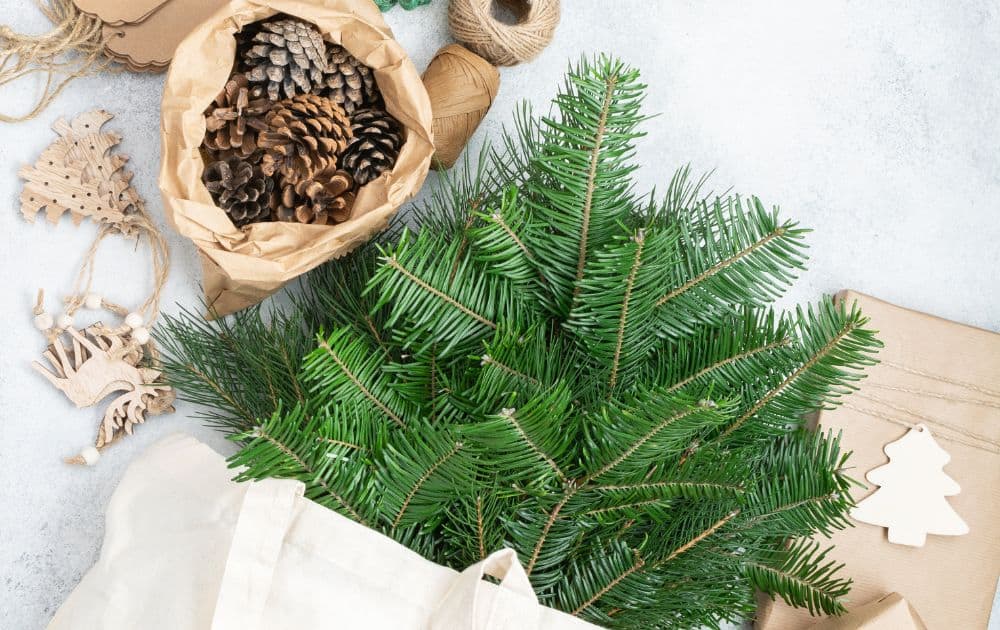
Aside from ensuring that you’re buying a tree from an ethical supplier, there are other things you can do to make your Christmas tree sustainable.
There are environmentally friendly ways to dispose of a Christmas tree, and there are other things you can do to ensure your tree is eco-friendly and as close to being a zero waste Christmas tree as possible.
So, are Christmas trees eco-friendly? The answer is sometimes. They can indeed be eco-friendly if you do the right things and buy, care for, and dispose of them responsibly. Let’s take a look.
Replant Your Christmas Tree
If you want to keep your tree after Christmas, buy one grown in a container or with its roots intact (root-balled). These trees minimize disturbance to the tree and can be replanted.
While your tree is decorated, treat it like any other potted plant in your home. Water it regularly and keep it away from radiators. Potted trees can drink up to a pint of water daily, and watering them helps retain their needles.
Once the holiday season is over, repot the tree in a larger pot. This way, you’ll have a ready-made tree for next year.
By choosing a tree that can be replanted, you can enjoy the festive spirit while also being environmentally conscious.
Recycle Your Christmas Tree
No matter which type of tree you choose, it’s up to you to first avoid needing to dispose of it at all, and then doing so responsibly when you do need to.
If you go for an artificial (i.e., reusable) Christmas tree, don’t just throw it out when it’s time to replace it. There are plenty of ways to give it a second life and contribute to a more sustainable future.
Fake Christmas trees are rarely ever thrown away because they’re no longer good. If you’re simply outgrown yours, pass it on to friends, family, or a second hand shop.
After all, the best eco-friendly artificial Christmas tree is one that keeps decking the halls for as long as possible.
If you choose a disposable real (non-potted) tree, be sure it ends up bound for recycling or composting, not the landfill.
Tossing it in the landfill (where the organic matter will biodegradable anaerobically and release devastating methane gas) arguably nullifies ANY environmental benefit of choosing a real tree.
Fortunately, recycling trees is easy. Many councils collect trees in early January for recycling. The trees are mulched and used as compost or wood chippings for path
Alternatively, many municipal recycling centers either offer a composting/yard waste drop-off area or specific Christmas tree recycling pile. If you have a wood chipper, you can even make your own free compost.
Another option is to take advantage of ‘treecycling’ services offered by organizations or charities. They collect old Christmas trees and use them to build flood barriers around the UK.
The possibilities are endless to ensure yours is a zero waste Christmas tree.
Use the branches at the bottom of ponds to create hiding places for fish. Chop up the branches and bundle them together to provide shelter for wildlife. Twiggy branches can be used as plant supports or frames for climbers like sweet peas.
5. What Are Environmentally Friendly Alternatives To Christmas Trees?
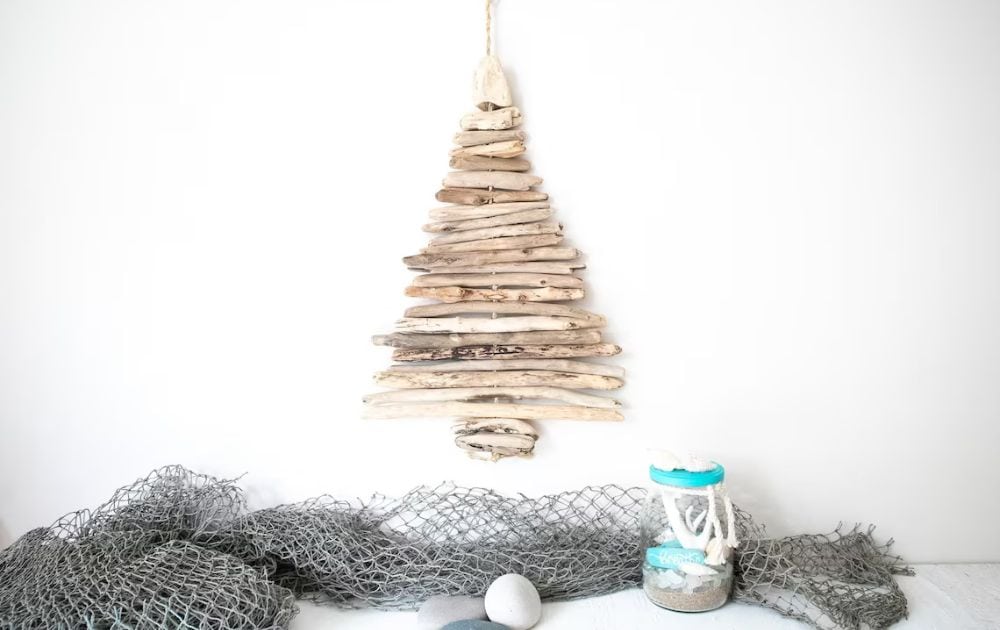
We know Christmas traditions are often sacred, but are they worth it if they’re fuelling climate change and making our white winters increasingly less white?
We don’t think so.
That’s why it’s time we need to reshape our expectations, because the most environmentally friendly Christmas tree might not be a tree at all.
Here are some great sustainable Christmas tree alternatives:
Sustainable Christmas Tree Rentals
Christmas tree rentals is actually a thing! You may never have heard of this option, but it’s totally possible.
Renting a tree is a more eco-friendly route that allows you to use the same tree year after year. Unlike buying a potted tree, you don’t have to worry about taking care of it afterward.
The rented tree can be replanted and cared for by the supplier, serving as a habitat for wildlife and reducing carbon dioxide in the atmosphere. Some families rent the same tree every year, having the nice surprise of watching the tree grow up alongside the kids.
Ask your local tree farm about renting, or visit Good to Know to find a tree rental near you.
If you live in Southern California, look into RentXmasTree and The Living Christmas Company.
Rent-A-Christmas and Easy Treezy service other areas in the US.
Sustainable Potted Christmas Trees
The most sustainable Christmas tree is going to be one that is left out in nature – but potted trees are a close second.
Consider buying a sustainable potted Christmas tree, which allows you to reuse a real tree every year. Start with a smaller tree and repot it as it grows to be proudly displayed in your living room. Eventually, you may even plant it in your garden.
Second Hand Christmas Trees
While artificial trees are generally unsustainable, buying a used one from a charity shop is a more eco-friendly option. It’s cheaper than buying a new tree and reduces the demand for new artificial trees.
This also prevents the waste of virgin resources used in tree production. Just be cautious about the potential shedding of microplastics.
Non-Plastic Reusable Christmas Trees
Not all fake Christmas trees are bad—just most of the ones we typically think of when we think about artificial trees.
But if you’re looking for a non-toxic artificial Christmas tree you can use year after year, look beyond the plastic boughs for brands making them out of natural materials.
For a plastic-free Christmas tree made of recycled materials, Welcome To The Woodshop offers a variety of rustic, wooden trees created from salvaged wood.
Similarly, SustainMyCraftHabit makes wall-hanging and tabletop Christmas trees made of salvaged driftwood.
While not salvaged, other brands also offer sustainable wooden Christmas trees. HomeHaul uses 100% sustainably-sourced wood, while Modern Pine Tree offers miniature tabletop options mostly constructed of birchwood dowels.
DIY Treeless Christmas Trees
An upcycled DIY project always makes for a cool sustainable alternative Christmas tree!
Get creative and make your own sustainable alternatives to Christmas trees using items you already have at home.
Use old newspapers to create a tree shape or arrange dark green book covers on a bookcase to symbolize a tree.
For a 3D effect, tie branches, twigs, and sticks together with twine and hang the creation from the wall or ceiling. Complete the look with DIY eco decorations like dried fruit, origami stars, and garlands.
Closing Thoughts On Eco-Friendly Christmas Trees
The decision between sustainable real Christmas trees and their artificial counterparts goes beyond tradition, embodying a commitment to eco-friendly practices.
While the allure of artificial trees may lie in their durability, the use of non-renewable materials and the resulting substantial carbon footprint diminish their sustainability. There isn’t really such a thing as a sustainable fake Christmas tree.
In contrast, eco-friendly Christmas trees cultivated on well-managed tree farms over seven years stand as a greener alternative and can be grown on otherwise unusable land.
Choosing trees marked by associations like the British Christmas Tree Growers Association or the Forest Stewardship Council ensures a positive environmental impact.
Adopting practices like replanting or recycling contribute to a more eco-conscious celebration. These choices bring festive joy and signify a dedication to eco-friendly Christmas tree alternatives and a greener future.
Now, just as you’ll be passing presents around the tree to your loved ones this year, pass along this list of eco-friendly Christmas tree ideas so we can all trim a little waste off our tree-trimming habits.




